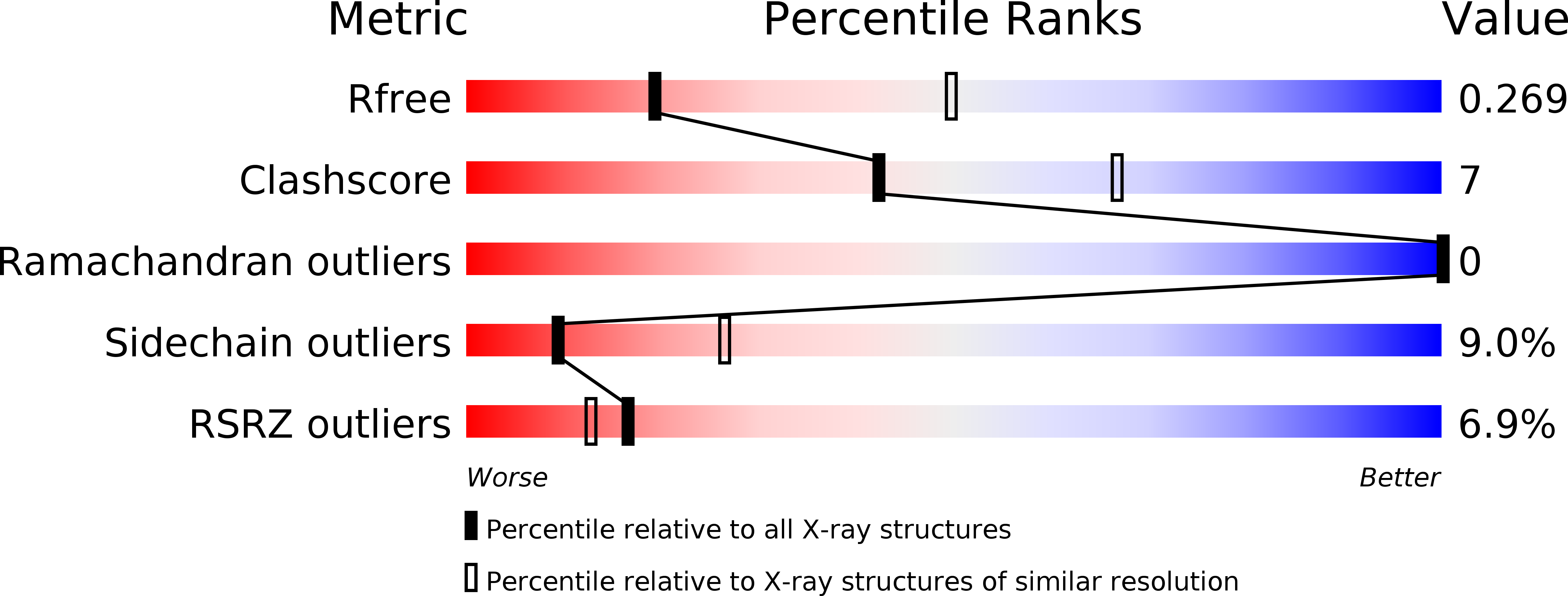
Deposition Date
2018-12-21
Release Date
2019-07-03
Last Version Date
2024-10-30
Method Details:
Experimental Method:
Resolution:
2.88 Å
R-Value Free:
0.27
R-Value Work:
0.23
R-Value Observed:
0.23
Space Group:
I 41 2 2


